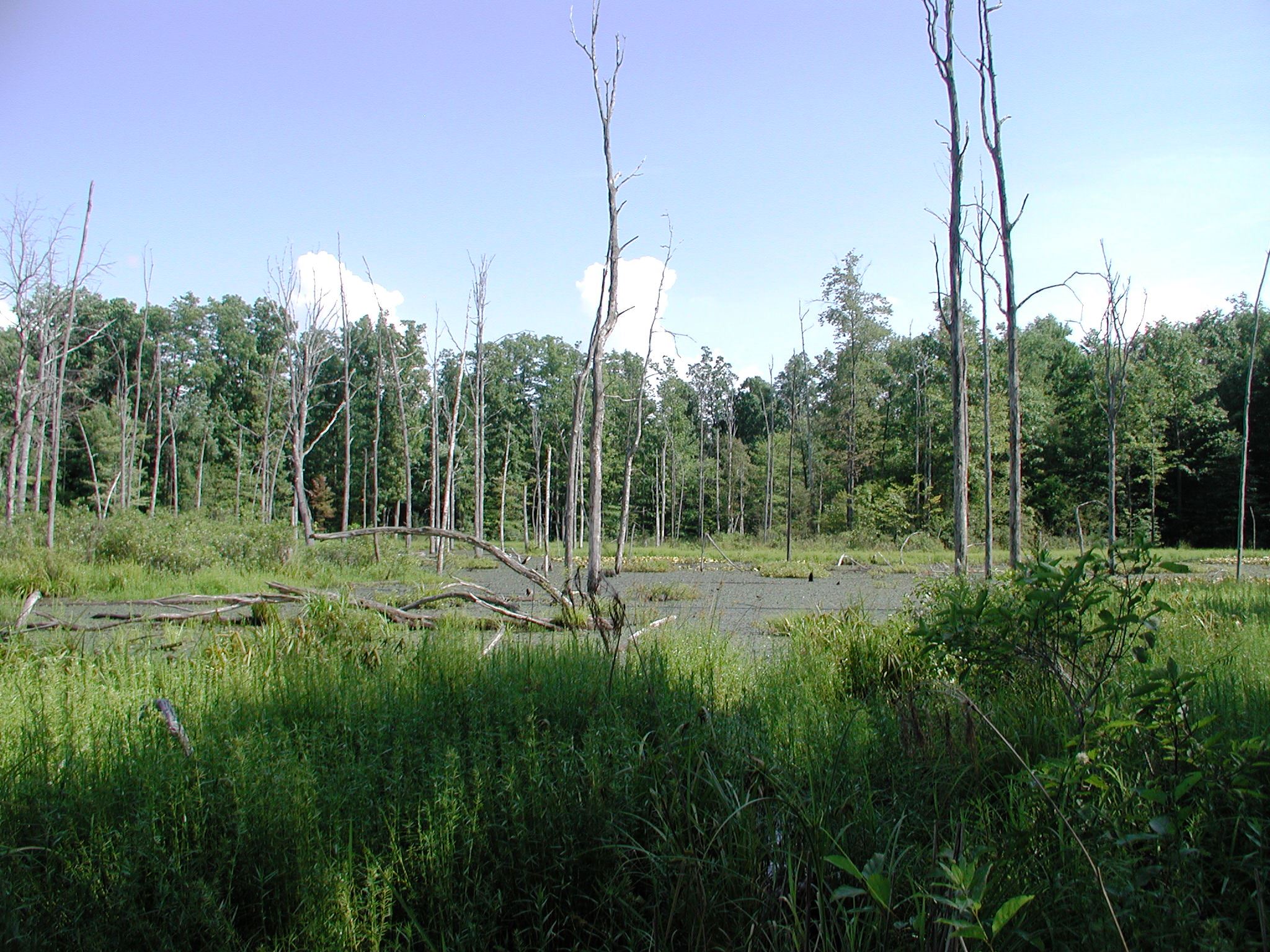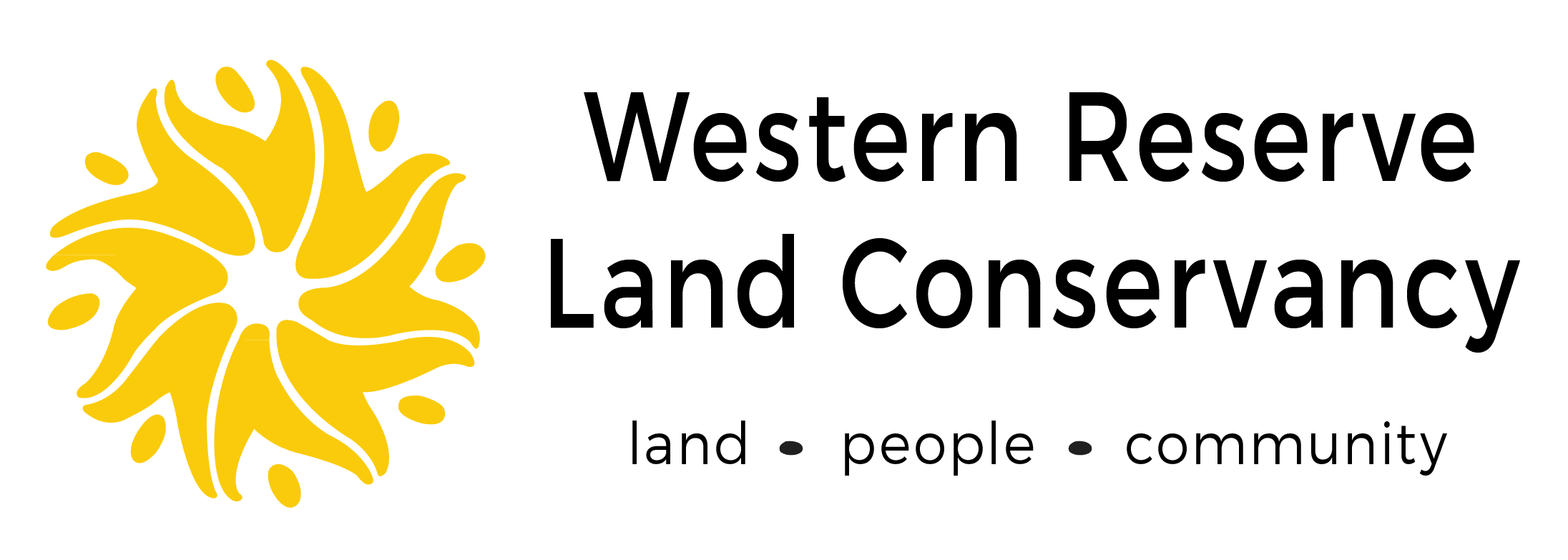
Protecting the Lowlands
Another 1,000 acres in the Grand River Lowlands in Ashtabula and Trumbull counties will be permanently preserved thanks to federal funding secured by Western Reserve Land Conservancy.
The Land Conservancy has been awarded a $750,000 federal Great Lakes Restoration Initiative grant to purchase conservation easements from landowners along the Grand River over the next two years. The organization will provide an additional $250,000 for the project. A conservation easement is a legal agreement between a landowner and a land trust that permanently limits uses of the land in order to protect its conservation values while the owner retains title.
A conservation easement runs with the land – it remains in place even when ownership changes.
The Grand River funding was one of 14 GLRI grants totaling more than $17 million to fund projects that will improve Great Lakes water quality by preventing phosphorus runoff and soil erosion that contribute to algal blooms and by reducing suspended sediments in Great Lakes tributaries.
Brett Rodstrom, vice president of eastern field operations for the Land Conservancy, said preference in the conservation easement purchases will be given to landowners in the Grand River Lowlands whose properties also have rare, threatened or endangered species such as the Eastern Massasauga Rattlesnake. The Land Conservancy will be focusing conservation efforts stemming from this grant on properties with stream and river frontage, as well as those with wetlands.
“It’s not often we are able to allocate funding for the purchase of conservation easements on private land – these dollars simply do not come around that often,” Rodstrom says. “I don’t expect these funds will last long, so we will do everything we can to leverage them with other grants to accommodate as many landowners as possible.”
Landowners with questions about the program can contact Rodstrom at (440) 867-6659 or brodstrom@wrlandconservancy.org.
The conservation easements will preserve an estimated five miles of streams and 400 acres of wetland, thereby reducing nutrient runoff and soil erosion that impacts Lake Erie.
The project runs through the end of 2016. Funds will be spent on a first-come, first-served [glossary_exclude]basis[/glossary_exclude]. Easements will allow for home sites, timbering, subsurface oil and gas exploration, hunting, fishing and trapping.
Western Reserve Land Conservancy has preserved 558 properties and 41,954 acres in northern Ohio, including 175 private farms and nearly 24,000 acres of farmland. In addition, the Land Conservancy’s Thriving Communities Institute works statewide to help revitalize Ohio’s urban centers.
The Grand River Lowlands are located in northern Trumbull County and southern Ashtabula County. The region’s rich natural resources have made it a conservation priority for groups like the Land Conservancy.
So far in 2015, the U.S. Environmental Protection Agency has awarded GLRI grants totaling more than $25 million to fund 29 projects to protect and restore the Great Lakes. Since 2010, EPA has funded more than 700 Great Lakes restoration and protection projects totaling over $570 million.
“These Great Lakes Restoration Initiative grants will be used for critical projects to prevent soil erosion and reduce phosphorus runoff that contributes to algae growth in the Great Lakes,” said Great Lakes National Program Manager Susan Hedman. “Many of these grants target Great Lakes watersheds where there have been harmful algal blooms in recent years – such as Maumee Bay on Lake Erie, Saginaw Bay on Lake Huron and Green Bay on Lake Michigan.”
